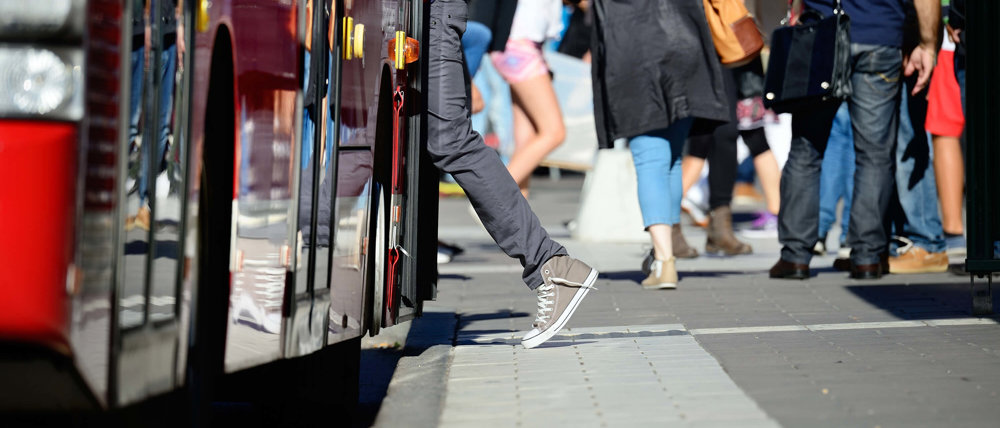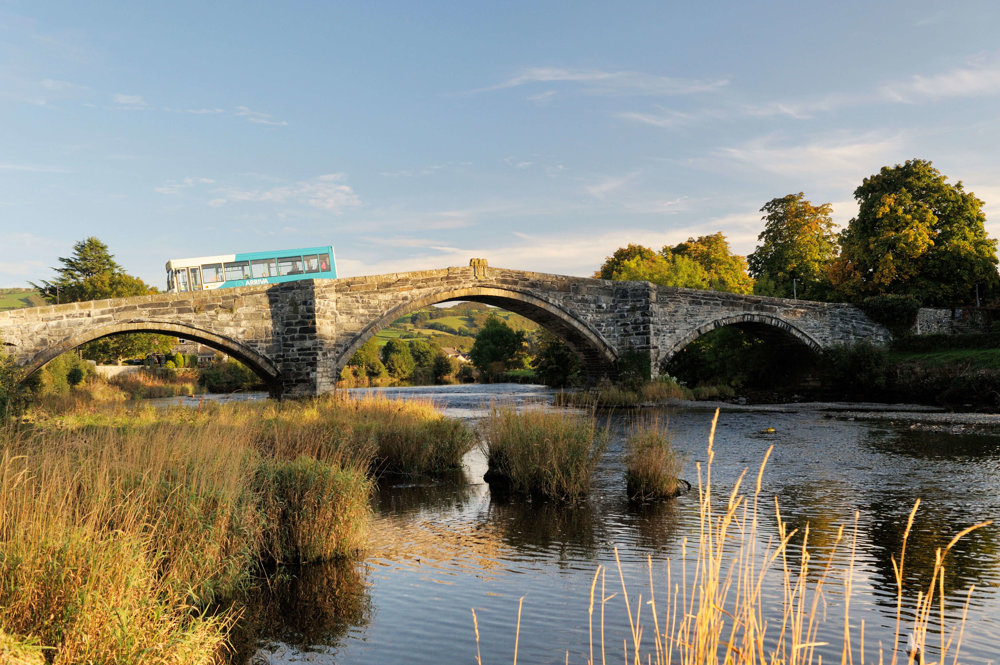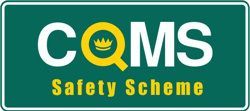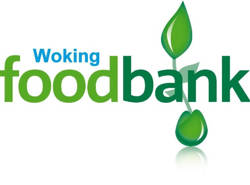New figures from the Department for Transport (DfT) show that the number of local bus passenger journeys in England fell 1.4% to 4.38 billion in the year ending March 2018, compared with 2016/17. It was a similar story for the previous year, which showed a 1.5% fall to 4.44 billion passenger journeys compared with the year 2015/16. George Stow at Mayer Brown has looked at why this is happening and what it means for rural communities and the environment.
Why are local buses being used less?
There are numerous factors affecting bus usage in rural areas, but according to research from KPMG published in November 2017, an increase in vehicle ownership is chief among them. Increased vehicle ownership means that more people choose to drive instead of taking the bus, which in turn reduces bus efficiency due to increased traffic congestion.
The Greener Journeys report by Professor David Begg points to the impact of traffic congestion on bus services. He has identified a ‘vortex of three vicious downward spirals’:
- Slower speeds leading to higher costs = higher fares = fewer passengers = service decline = fewer passengers.
- Slower speeds leading to increased journey time = fewer passengers = service decline = fewer passengers.
- Slower speeds leading to decline in punctuality and reliability = fewer passengers = service decline = fewer passengers.
Alongside growing car ownership, external factors including wider social changes in the way that we work, shop and socialise, are also taking their toll on bus usage.
KPMG found that increased online shopping is the second biggest factor in reduced bus usage. A changing economy and labour market is another external factor: flexible working, with more people working from home, rather than commuting to work has reduced bus journeys.
Following car ownership and online shopping, KPMG found that increased travel times is the third biggest factor in reduced bus trips. This links back to the growing car ownership and congestion, mentioned above.
Increased travel times also have a knock-on effect to bus costs - operating costs per bus have risen by almost 30% since 2004/05, driven in part by an increase in fuel cost and driver pay, whilst driver productivity is decreasing thanks to longer journey times. Across Great Britain, total bus miles have fallen from 1,622 million in 2004/05 to 1,521 million in 20015/16, whilst the number of employees has remained almost constant, implying a 5% reduction in vehicle miles per employee over this period.
Increased costs mean fare rises, another factor in making bus travel less attractive. In the year to March 2018, local bus fares increased by 2.8%, while the all items Consumer Prices Index rate of inflation was 2.5%. Looking at the longer term, figures obtained from the DfT by Green Party co-leader Caroline Lucas show that 1980 and 2016, the cost of bus and coach travel rose by 64%. For the same period motoring costs, including the purchase of a vehicle, fell by 20%.
As passenger numbers decrease, so bus services are cut, making bus travel less attractive and even more difficult for remaining users.
The social impact of declining bus services
Reduced and poorly performing bus services impact directly on some of the most vulnerable members of society and are particularly devastating to those in rural areas, as everyday activities such as grocery shopping become difficult.
There is a vicious circle regarding the impact of growing online shopping reducing bus services, as many in rural communities do not have good internet access or may not use the internet. They continue to rely on buses for their shopping, while it becomes much more difficult to do so.
A recent article in The Independent highlighted the growing impoverishment and social isolation of those living in rural areas, stating: ‘The reductions in services and increases in fares mean that people without cars are increasingly isolated and can't get access to jobs, training or public services like health and social care, while those with cars find themselves having to use them more and more to get around.’
However, reduced services impact on everyone, including motorists, as congestion increases and air quality decreases.
Concessionary fare schemes, such as free bus travel for pensioners, have benefits not just for the individual, but for the wider community, including less vehicles on the road, greater social inclusion and travel for a volunteer workforce – almost a third of volunteers are over 65 and many rely on free bus travel. However, due to cuts in central government spending, local authorities are increasingly having to pick up the slack to support these schemes. The Local Government Association estimate there is a £200 million shortfall in funding for concessionary fares, which in turn impacts on other discretionary bus schemes and council services, as local authorities have a statutory requirement to provide free bus travel to seniors.
The environmental impact of declining bus services
As more people use individual cars, rather than sharing a bus, either through choice or necessity, it’s inevitable that pollution increases. This was something analysed by Professor David Begg in the Greener Journeys publication ‘The Impact of Congestion on Bus Passengers’. Begg states that: ‘Slow buses are [also] bad for pollution. Fuel efficiency measured in kilometres per litre has declined by 35% since 2000, and carbon dioxide emissions per bus km in urban conditions have risen by 25%’.
However, Professor Begg does see practical measures that can be taken to lessen the impact; contactless payment, for example. ‘If London-style cashless buses with contactless payment and smart ticketing could be extended to the rest of the UK, bus journey times could be improved by up to 10% by halving dwell time at bus stops.’
Where next on the journey for local buses?
There is a limited amount of influence that bus operators can exert to create the necessary change. Solutions require a wider planning approach involving local authority and government intervention to discourage car use and give buses priority, not just in cities but in rural areas too.
National sustainable transport policies have for many years sought to encourage and direct new development to be accessible by public transport. This dates back as far as the old PPG13 (Planning Policy Guidance 13), and has been continued in its replacement NPPF (National Planning Policy Framework). Both policy documents have the intent that our usage of public transport will increase, supported by measures such as Travel Plans.
Ultimately this has led to an increase in choice regarding transport options, which on the surface can be viewed as beneficial, but as David Bugg says in his report, ‘The mantra from too many political decision-makers at local and national level is to give the public “choice”. The problem is that in urban areas this means all road users have no choice other than to put up with chronic traffic congestion which will continue to grow’. This then negatively affects bus times and by extension bus usage.
It’s the same problem in rural areas. In Gloucestershire bus journey times have almost doubled on some routes over the last 25 years- highlighting the fact that declining bus speeds are not confined to urban conurbations. Rural areas with smaller towns are suffering from rising car ownership and traffic levels on road networks that are unable to cope.
Traffic congestion in the village of Storrington, West Sussex led to it recently being named the fourth worst place in Britain for air pollution. It has the same pollution level as London.
The political aspect to the problem needs to be addressed. Currently, motorists usually have more political sway than bus passengers. David Begg puts a perspective on this by highlighting the fact that ‘fuel duty has been frozen for six consecutive years despite rock bottom oil prices. During this time the Bus Service Operator Grant (BSOG) has been cut by 20% which means bus operators paying more for their fuel’.
With more creative and constructive thinking, local buses can work well, for the benefits of users and motorists alike. The KPMG report points to examples of local bus markets in Scotland, the UK and further afield which have experienced sustained growth in bus patronage.
Good planning and proactive policy making can lead to excellent return on investment in bus services, both for the environment and wider rural economy. This can only happen when all parties work together and consider the wider implications for the UK’s rural population.
December 2018 Update
You can see further information on this topic in the following BBC report:
https://www.bbc.co.uk/news/uk-46524510








